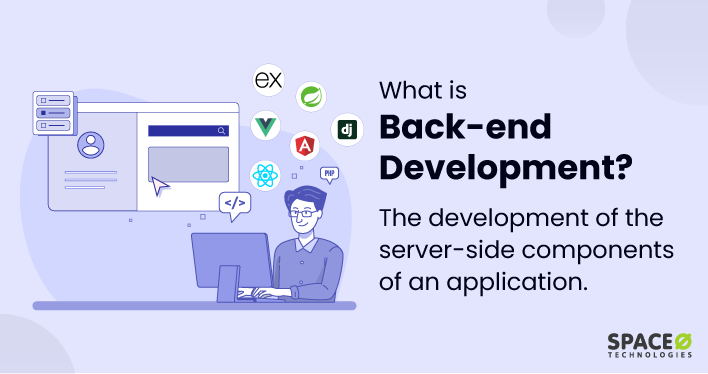Pulse of Information
Your source for the latest insights and updates.
Behind the Code: Secrets of Back-End Development
Unlock the hidden world of back-end development! Explore secrets, tips, and tricks that every aspiring coder needs to know.
Understanding APIs: The Backbone of Back-End Development
APIs, or Application Programming Interfaces, are essential tools that allow different software applications to communicate with one another. In the realm of back-end development, APIs serve as the backbone of interaction, enabling seamless data exchange between servers, databases, and client-side applications. Developers leverage APIs to create robust functionalities without needing to understand the intricacies of every system they interact with. This modularity not only speeds up the development process but also enhances scalability and maintenance, allowing developers to focus on crafting exceptional user experiences.
Understanding the various types of APIs is crucial for any back-end developer. There are several common categories, including RESTful APIs, SOAP APIs, and GraphQL. Each design pattern offers unique advantages: for instance, RESTful APIs are popular for their simplicity and flexibility, while GraphQL provides a more structured approach to data querying. By integrating these technologies, developers can ensure that their applications are not just functional but also optimized for performance and user engagement. Embracing APIs as the foundation of back-end development will empower developers to deliver more robust and efficient web applications.

Common Back-End Development Pitfalls and How to Avoid Them
Back-end development is a critical component of web applications, yet many developers fall into common pitfalls that can hinder their projects. One major issue is neglecting proper database management. When a database is not optimized, it can lead to slow query responses and scalability problems. It's essential to regularly review your database structure and optimize indexes. Additionally, failing to implement security best practices, such as SQL injection prevention and data encryption, can expose your application to vulnerabilities that may compromise user data.
Another common pitfall is poor API design. When creating RESTful APIs, it's vital to adhere to consistent conventions and documentation standards. Inconsistent naming conventions and lack of clear documentation can confuse front-end developers and hinder collaboration. An effective strategy to avoid these issues is to utilize API versioning and to provide clear, concise documentation. Lastly, overlooking the importance of testing and debugging can result in unresolved bugs that affect the user experience. Invest time in automated tests and debugging procedures to ensure the reliability of your back-end system.
What Does a Back-End Developer Actually Do?
Back-end developers play a crucial role in the world of web development by handling the server-side logic and integration of the application. They are responsible for managing databases, ensuring data is stored and retrieved efficiently, and creating APIs that connect the front-end interface with back-end services. This includes tasks like writing server-side code in languages such as Python, Java, or Ruby, and configuring the server environment to ensure the application runs smoothly. Without their expertise, the functionalities that users experience on websites or applications would not be possible.
In addition to coding, back-end developers also focus on optimizing the performance of applications. This involves identifying and fixing issues related to server response times and ensuring the system can handle the expected load. They often collaborate with front-end developers to ensure seamless user experiences and might also be involved in security measures, protecting sensitive data from breaches. To sum it up, a back-end developer's work is invisible to the user but essential for a functional, efficient, and secure web application.